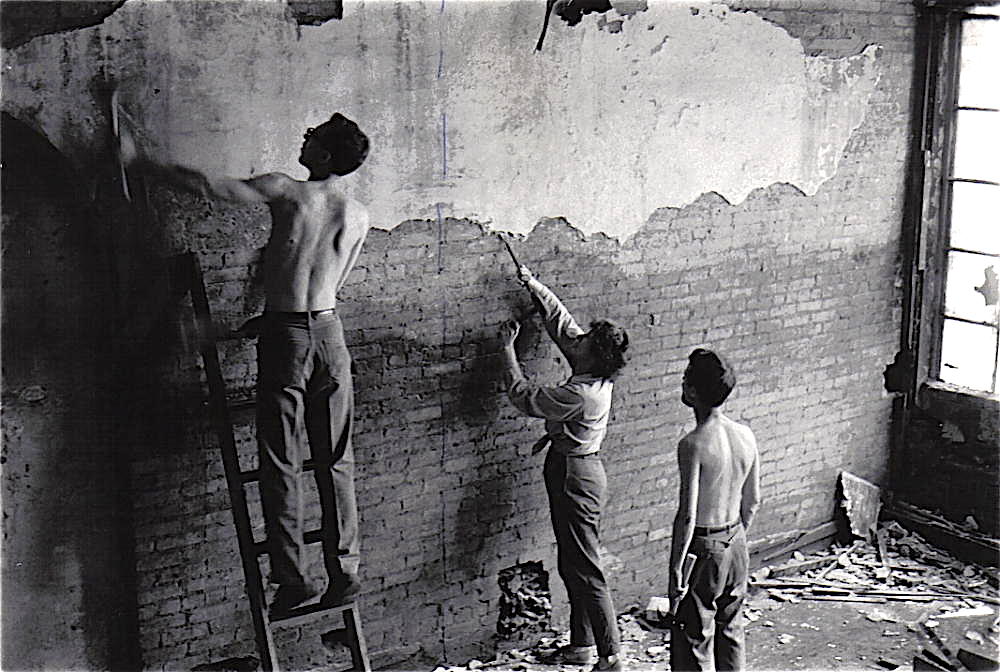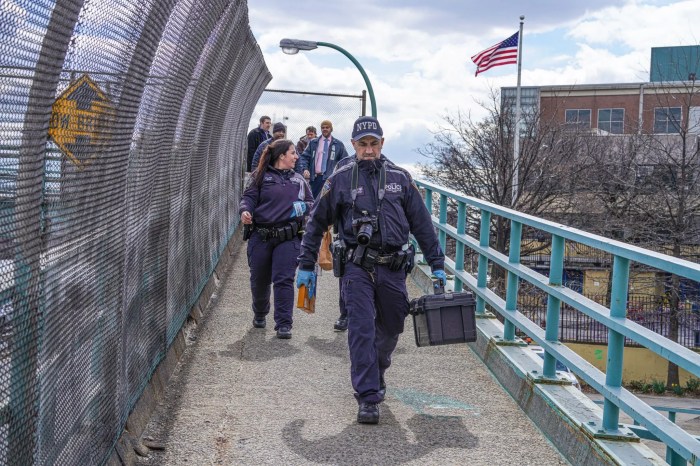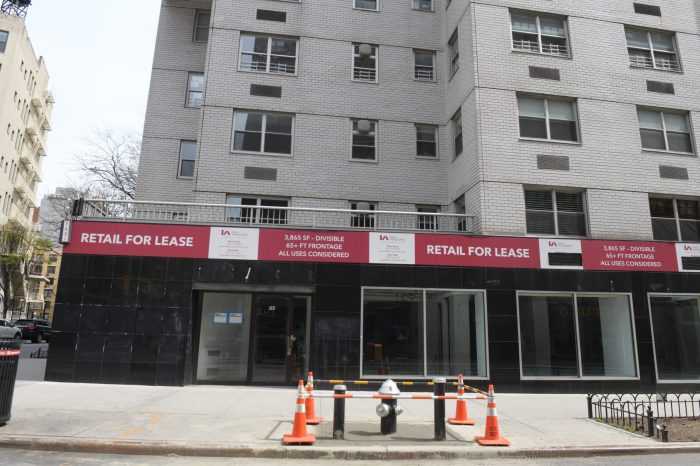
BY ALEX ELLEFSON | The city’s plan to study Soho’s special zoning regulations has alarmed some residents, who see a looming threat to a longstanding provision ensuring that the neighborhood is inhabited by artists.
“Artists are at risk of being removed by greedy landlords who want their apartments,” said Sean Sweeney, director of the Soho Alliance. “We fear this could lead to the wholesale eviction of the artists and pioneers who made this neighborhood one of the most successful in the world.”
Soho wasn’t always a trendy enclave known for boutiques and multimillion-dollar lofts. The area once was a desolate manufacturing center. In the 1960s, artists began illegally moving into some of the empty former factories and warehouses — sprucing up the properties for residential use.
To accommodate the influx of new residents in Soho and Noho, the city amended the regulations in 1971 to allow joint living-working quarters — known as J.L.W.Q. for short — for artists. The law requires at least one person in a unit to be an artist certified by the city’s Department of Cultural Affairs.
In a familiar pattern often seen in New York City real estate, Soho’s transformation into an artists colony, in turn, made it an attractive location for wealthy bankers, doctors and lawyers wanting to live in a chic neighborhood. Although city agencies for years looked the other way while nonartists moved into the community, the city in 2009 suddenly began enforcing the requirement — which spurred calls for the regulation to be removed so that latecomers wouldn’t have to live like outlaws.
However, Sweeney said Soho’s certified-artist requirement, rather than driving out illegal residents, has instead protected the neighborhood’s creative community from being erased. He pointed to the case against Robert Seidman, a fiction and documentary writer, whose landlord tried to evict him in order to claim the apartment for personal use. A judge ruled that the property owner had no right to remove Seidman, a certified artist, because the new tenants — the landlord’s brother and nephew — were not officially recognized as artists by the city.
“I defy anyone to find an example of a single nonartist being evicted from Soho,” Sweeney said. “This provision really serves to protect the artists who turned Soho from a slummy district into a beautiful neighborhood.”
The Department of City Planning is tight-lipped about its upcoming study of the neighborhood. A spokesperson for the agency would only say they are “working with community stakeholders, including elected officials, to study the zoning and complex issues in this neighborhood.” The spokesperson did not provide details about when the study would begin or when the agency might recommend changes.
Any proposed zoning changes would trigger a Uniform Land Use Review Procedure, or ULURP, which would require review by the community board, City Council and borough president.
Councilmember Margaret Chin’s office referred all inquiries about the study to City Planning. However, Borough President Gale Brewer said in a statement that her office “has been pushing for a Soho and Noho zoning study for several months,” and she is “pleased that it looks like the Department of City Planning is getting ready to conduct one.”
Brewer’s office said the city receives a “stream of exemptions and conversions” from property owners seeking to get around the neighborhood’s restrictions on retail and residential use — demonstrating a need to look at how the zoning regulations can be improved.
“We need to update the zoning to help keep manufacturers and working artists in the community, ensure residential development includes affordable units, and keep smaller retailers,” she said.
Community Board 2 Chairperson Tobi Bergman said the board frequently receives applications for special permits in Soho.
“It indicates people are not able to make good use of the current zoning rules,” he said. “We intend to take part in the study, which will look at how the zoning is working and actually being used.”
However, Lora Tenenbaum, who bought into a Soho co-op with her artist husband in 1973, said many of the problems related to the current zoning stem from decades of the city not enforcing the law. She worried that the neighborhood’s character might be completely rubbed out if the regulations are relaxed.
“Of course I’m concerned,” she said of the upcoming study. “Suppose they turn it into a commercial district, rather than a manufacturing district? Right now, you can’t have a nightclub in Soho. You can’t have a sidewalk cafe. You can in a commercial district. It changes the whole quality of life in the neighborhood.”
However, Tenenbaum said her biggest fear is that the artist-certification requirement could be weakened or eliminated.
“I know a good number of buildings where artists live and unless they are protected, they will be thrown out,” she said. “There is a lot of pressure from real estate interests who want to change things so they can squeeze more money out of their properties.”
In 2011, a committee led by Soho-based real estate lawyer Margaret Baisley tried to push for the elimination of the artist-certification requirement. They argued that the provision discouraged banks from lending in the area and made if difficult for residents to sell their homes.
Susan Wittenberg, a Soho resident and certified artist, acknowledged that the regulations could be improved. But she argued that the greatest flaw in the artist requirement is the process by which the city awards certification.
“Part of the problem is the process was poorly executed,” she said. “Everyone knows people who should have been certified and weren’t, or who were certified and shouldn’t have been.”
However, she explained that the law does a lot of good for the certified artists who still live in the neighborhood.
“There are more artists living here than a lot of people think,” she said. “And this policy protects artists who came to Soho as pioneers and converted abandoned factory space into living quarters.”

















